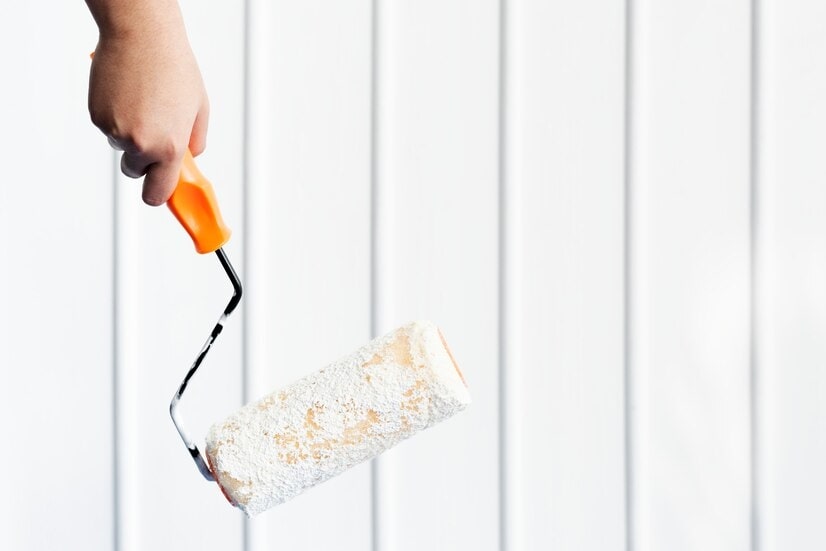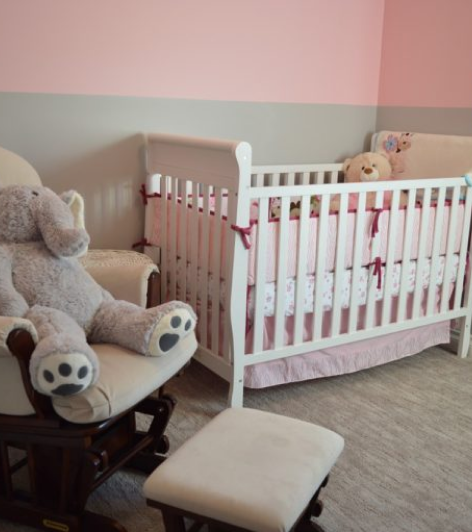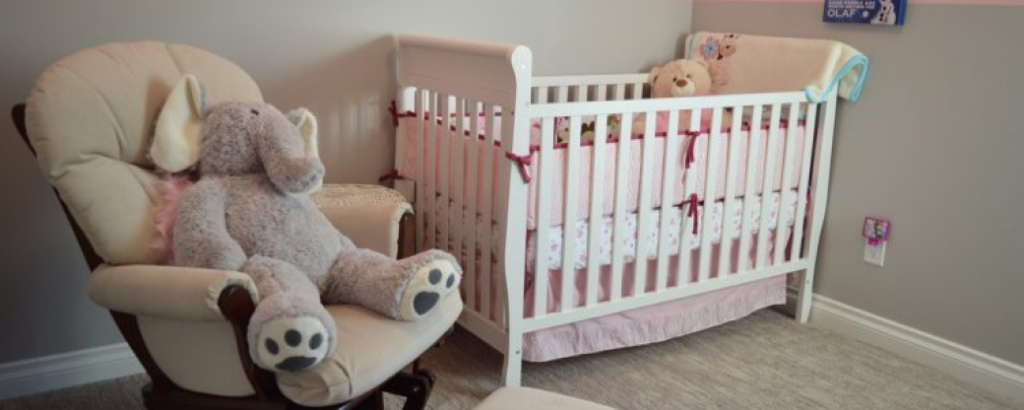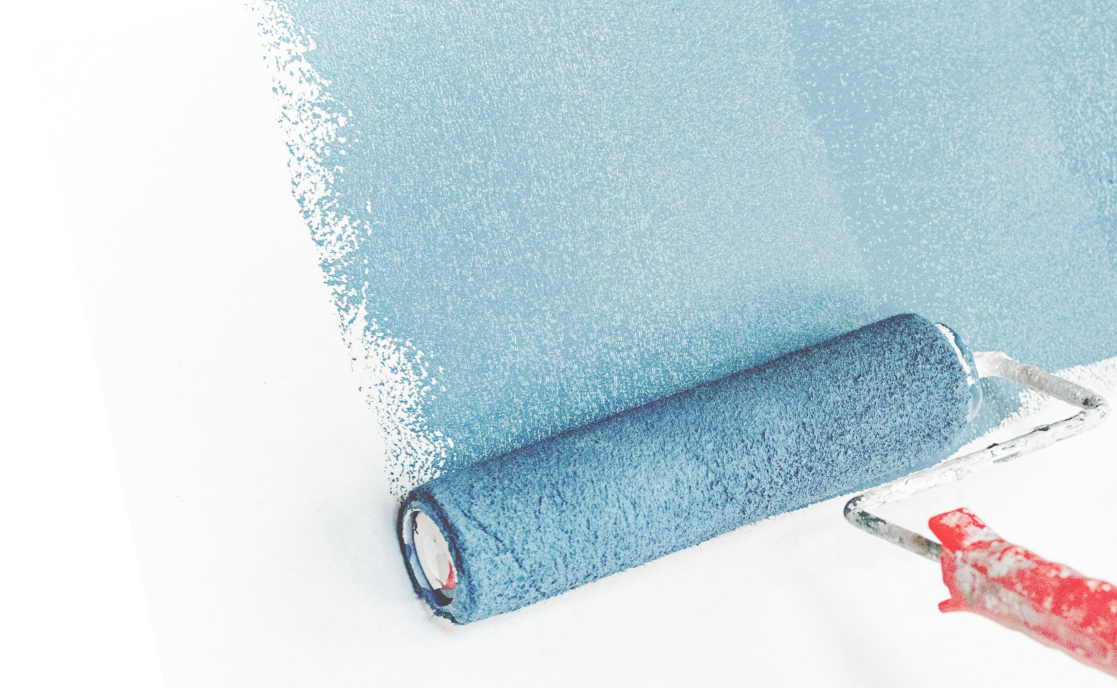How A Professional Paint Job Can Benefit Your Home
A thorough, clean paint job does wonders for a building, and it can breathe new life into important structures. For example, the historic Cape Brett hut in the Bay Of Islands recently had an incredible refurbishment that included a professional paint job by us at Northland Painters. With professional work complete, this beloved landmark is once again open to be admired by visitors.
Similarly, you can also experience a myriad of amazing benefits if you invest in expert exterior painting services:
Protection Against The Elements. New Zealand is a gorgeous country, but it can have rather unpredictable and harsh weather. These elements can take a toll on your home, especially if your home’s exterior is older or untreated. Your home is constantly exposed to conditions that can cause wear and tear, whether it be from harsh UV rays, heavy rainfall or overbearing humidity.
A high-quality paint job acts as a barrier, protecting your home from these conditions and increasing its projected lifespan.
The sun’s UV rays can damage many surfaces. They can cause health conditions in humans, fade the colour of furniture and even damage the exterior of your home. This damage can lead to cracking, peeling and colour fading. Professional-grade exterior paint often contains UV-resistant properties that help to reflect these harmful rays and thus maintain the vibrancy, beauty and integrity of the paint for a longer period of time.
Although it may seem harmless at first, moisture can actually cause many problems – especially if it seeps into your home’s structure. Structural damage, mould and mildew growth and even rotting can be dangerous. Exterior painting provides a waterproof seal that prevents moisture from penetrating the surface, safeguarding underlying materials from water penetration and moisture-related damage.
Preventing Structural Damage. An amazing exterior paint job can prevent structural damage by sealing off cracks and crevices. These small openings could be the perfect place for pests to invade your home, protecting your family, your possessions and your home itself.
Wood, in particular, is very susceptible to rot, decay and other damaging conditions if not properly protected from sources of damage like water and UV rays. Paint acts as a layer of defence, keeping anything that could harm wood at bay and preventing dangerous structural damage.
Cost-Effective Benefits. Investing in professional exterior painting may cost money, but it can actually save you money in the long run. While some people may think that they can save money by not updating their home’s paint, the future repair costs that they may face might be higher than the cost of the painting services. For instance, if damage occurs to your home’s exterior due to UV rays or water penetration, the work to resolve those issues may be higher than the cost it would have taken to paint the exterior of your home.
While some may be tempted to paint their homes themselves to avoid the cost of hiring painters while still enjoying the many benefits of exterior paint, this could also prove to be a more expensive option. If you choose the DIY route, you might have to purchase new paint, new painting supplies, protective gear and so on. Furthermore, you could make mistakes that professionals wouldn’t make, meaning you’ll need to spend more time and money to fix those errors.
With professional painters, all you need to do is work out what you want, pay them their fees and then enjoy amazing results. Professionals will understand how to prepare the surface of your home’s exterior properly, getting it ready for a new coat of paint. Depending on your home’s condition, this can include cleaning, sanding and priming. This process will ensure better adhesion and a smoother finish, so the paint will be stronger and more visually pleasing.
Finally, professionals will understand how to choose the right type of paint. They’ll consider all factors, such as the colour you want and NZ’s climate, to choose paint that provides adequate protection for your home.
Protecting Your Home And Enjoying An Updated Exterior Appearance At The Same Time
As you can see, exterior painting has so many incredible benefits. From aesthetics to practicality, you can only benefit from professional painting services – especially when you choose us at Northland Painters. We have plenty of experience with house painting, including exteriors and interiors. Additionally, our services also include painting for commercial buildings and swimming pools.
Are you interested in enjoying all of the amazing benefits listed above and more? Call us on 09 433 6187 or use our contact page to reach us, and we can get started.
Experience all of the visual and functional benefits of professionally-applied paint with Northland Painters.




